Updated Below
For various reasons, recently I got a little obsessed with flash-forward movie and television preambles. That is, presentations that begin with a scene from later in the story, and then spend some amount of screen time catching up to the “later” scene that came at the start. How much catch-up varies. Sometimes the catch-up happens only a few scenes later; sometimes the preamble was actually the end of the movie.
I started by casually going through a bunch of movies I’d already seen and thought I knew well, and was surprised to find many more examples of the technique than I had expected. The flash-forward preamble gets used in all kinds of stories: action, comedy, drama, horror. My guess is that opening with a flash-forward has become more common as it’s become easier for viewers to switch to something else. Once upon a time, a movie meant something of a commitment—a drive, parking, $20 for tickets…various opportunity and transaction costs. If something didn’t hook you right away, your alternative was to get up and leave, eat the $20 and the other costs, come up with a new plan and go someplace else. All of which meant you’d be incentivized to stay, which in turn meant movies could take their time warming up.
Today, going to a cinema has become an ever smaller part of how people consume movies, and hundreds, maybe even thousands of alternatives are always just a click away. Meaning filmmakers are motivated to find ways to hook an audience immediately, and keep them hooked. One popular method seems to be the flash-forward preamble. I’ve even seen the technique creep into previews, which are now often presented with a quick flash-forward from something later in the preview before the preview opens and plays sequentially.
It’s worth emphasizing that the fundamental objective of the preamble is to hook the viewer. How the preamble achieves this is important but ultimately secondary. If the viewer is hooked, the preamble was a success. If the viewer isn’t hooked, the preamble failed.
Now let’s talk a bit more about: (1) what the technique consists of; (2) how it works (that is, what makes it work); and finally (3) when you might want to use it (that is, what kinds of stories lend themselves to the technique). And then we’ll finish with a list of examples. Sound good? Okay, here we go...
What It Consists Of
As already noted, the flash-forward preamble consists of something that happens later in the story, presented upfront. But that’s merely necessary, not in itself sufficient, and in the best executions there were other commonalities, which we can distill out as principles (no spoilers in here because hey, these are all openings):
- A presentation of something central to the story. Examples:
- Breaking Bad—the impossibility of simultaneously trying to be a meth criminal mastermind and inoffensive high school teacher family man (duty to others vs self actualization)
- City of God—how to escape the favela when trapped between its warring forces (physical survival vs following your dream)
- Goodfellas—the cost of becoming a gangster, which “I always wanted to be”
- The Hangover—“Getting married in five hours,” “Not gonna happen, we lost the groom”
- Nobody—“Who are you, really?” (which identify defines us and which should we be true to)
- A complete presentation—that is, no fragments, no shadows, no direct mystery about what you see in the preamble, only an indirect mystery about how what you see in the preamble relates to the larger story. You can see everything, you just don’t yet know (but you badly want to know) how we got here, which makes you want to watch the rest of the movie or show.
How to Hook
The hook consists of two things:
- doling out certain critical information on who, what, and where, to draw in the viewer and ground the viewer in the story; and
- simultaneously causing intense curiosity about each piece of doled-out information, and ultimately instilling an even greater global curiosity about how and why we got here—a global curiosity that can only be satisfied by watching the rest of the show.
Sometimes preambles are expressed in terms of “teasing” the audience. I think this is a misnomer. Getting teased is easy to walk away from. Getting hooked, by definition, is not. So the goal isn’t to tease. The goal is to hook.
And because the goal is to hook—which requires both grounding and curiosity—it follows that more information in a preamble is good. But only as long as the curiosity created is commensurate. Lots of grounding plus lots of curiosity—answering lots of questions while posing other and more compelling ones—makes for the most effective hook, and therefore the most effective preamble.
Think of how much information is conveyed in the four-minute Breaking Bad preamble, or the one from Goodfellas. These are complete story moments—linear, chronologically intact fractals. The one exception I found is The Accountant, where too little information was presented (you can’t even see who’s involved), and not coincidentally that preamble was a relatively weak hook.
To put it another way: the preamble must offer substantial nourishment—while simultaneously, insidiously, and paradoxically famishing the viewer for more. That is, when it comes to preambles, less is not necessarily more. More can be more (another reason I don’t like the “teaser” nomenclature).
For more general thoughts on how a story engages an audience, I recommend this terrific TED talk by Pixar’s Andrew Stanton, The Clues To A Great Story.
It’s interesting to observe that among the examples below, almost every one involves a depiction of violence—either the violence itself, or the threat of violence, or its aftermath. This doesn’t mean that violence is necessary in a preamble; in fact, we know it’s not, because there are powerful instances of non-violent preambles (The Hangover, True Romance). But it certainly seems to be the case that violence can be useful.
And if most of this sounds relevant to story openings generally—it is! All openings should aim to hook, and all will do so with the paradoxical combination of nourishing and famishing discussed above. The flash-forward is just a particular way to do it.
Okay, now you know what it is and how it works. How do you decide if your story would benefit from it? After all, there are innumerable movies and television shows that hook you immediately without a preamble (though I do sometimes wonder whether even a masterpiece like Die Hard, were it made today, would have some studio executive saying, “Opening on the airplane is too slow and low stakes…do a flash forward to the explosion on the Nakatomi Tower rooftop and Bruce Willis leaping off with the firehose, then show a title card saying Six Hours Earlier and cut to the plane...”).
When To Use It
I think the stories that benefit most from a preamble are ones that in the absence of a preamble would begin with something slow, low-stakes, or otherwise not immediately gripping. If Vince Gilligan had opened the Breaking Bad pilot with Walter White in bed, then exercising, then eating breakfast, then getting disrespected at school and at his second job at the car wash, viewers might have grown impatient. But begin with that crazy Winnebago preamble, and for the rest of the pilot, viewers will be wondering, “How the hell do we get from this boring life to whatever that Winnebago thing was all about?”
Likewise, Brick is a noir mystery, but it’s set in a contemporary suburban high school. If Rian Johnson hadn’t opened with the dead girl in the culvert and Joseph Gordon-Levitt crying over her body, it would take much longer for viewers to understand that the stakes in this teenaged high-school world are actually life and death (and Johnson would have lost the opportunity to hook by making viewers wonder how and why the girl died, and what Gordon-Levitt’s connection with her was).
That said, while some stories might need a flash-forward preamble more than others, there are lots of reasons to use the technique beyond bare necessity, such as tone. But no matter what, the preamble should hook, or you risk losing your audience to one of the other thousand forms of entertainment always a click away.
Examples
I put together the following list from movies I know pretty well (and the television show Breaking Bad). I’m sure there are many more examples I haven’t thought of or don’t know of. Anyway, here you go.
Breaking BadBrickCasinoCenturionCity of GodDeadpoolDeadpool 2FallenFight ClubGoodfellasHacksaw RidgeThe HangoverJohn WickKiss Kiss Bang BangLet Me InLimitlessNobodyOnce Upon A Time In AmericaOut of SightPulp FictionTrue RomanceThe Usual Suspects
And some notables that start with a flashback preamble, but one that functions similarly to the flash-forward variety (interestingly, both are extremely violent):
Bad Times At The El RoyaleCasino Royale
Okay, those are my thoughts. Take it all with a grain of salt because though I’ve written a bunch of novels and short stories, I’ve never had a movie or television show made. So I could be off base about any of this, and even if I’m not, I still have a lot to learn. To that end, please don’t be shy about mentioning any additional flash-forward preamble examples in the comments section, along with any thoughts about how you think the technique works and when it’s best to use it. Thanks and I hope these thoughts have been useful.
Update:
Should have thought to check Wikipedia earlier—lots of interesting thoughts and examples under In Medias Res and Flash-Forward.


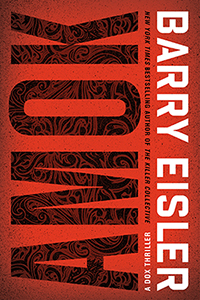
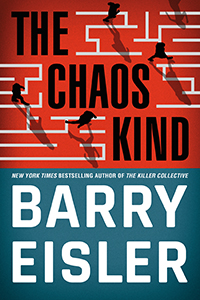
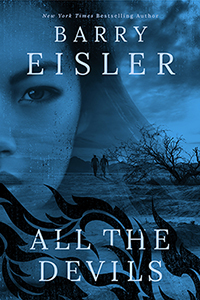
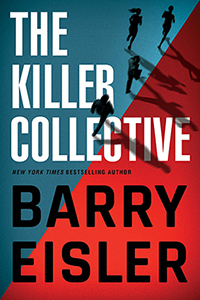
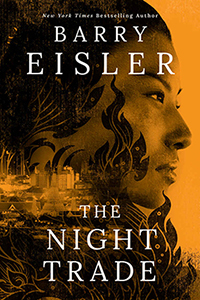
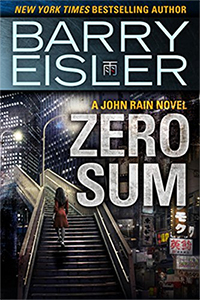
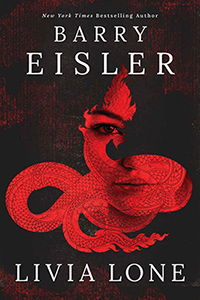
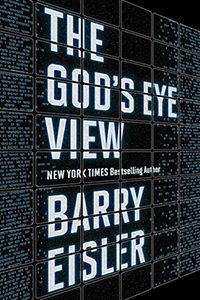
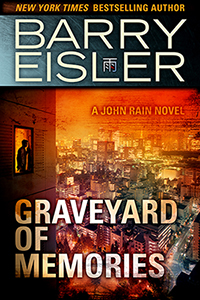
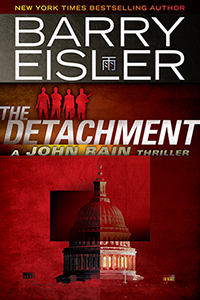
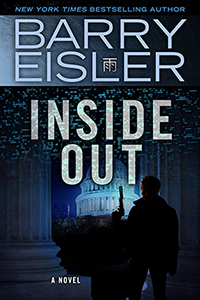
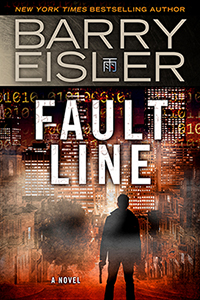
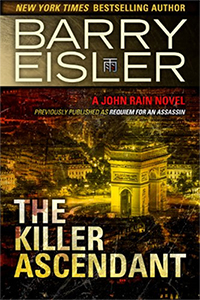
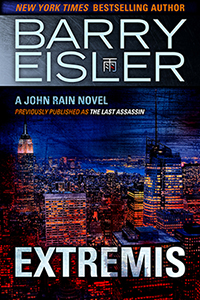
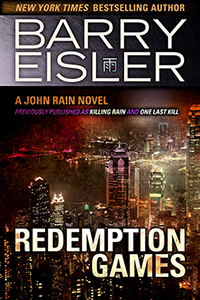
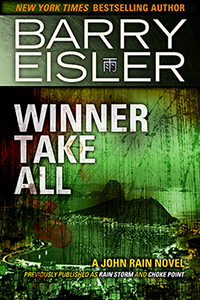
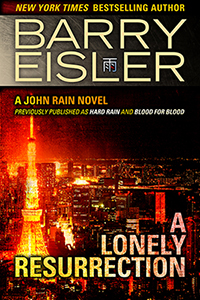
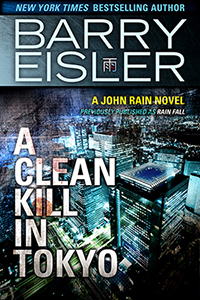
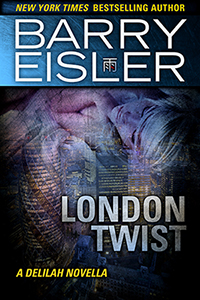
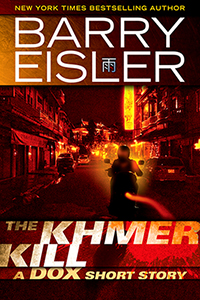
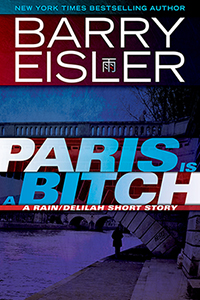
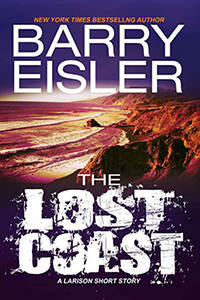
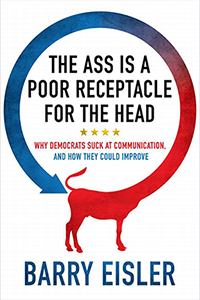
3 comments:
Barry,
Good post, good analysis. Than for taking the time.
Jim
Jamesmorganayres.com
Is this only limited to the visual medium? I’m sure I’ve read novels that start with present day scenes that don’t quite make sense that go back 6 months/ 6years and work their way back to that opening scene, that now begins to make more sense. And as I type I thought, doh, your latest book, The Chaos Kind, begins with Manus present day and then you rewind a few days. Worked quite well, I thought. Nicely done.
That's funny, Jack--I didn't even think of Chaos while working on the post. Thanks for reminding me!
Post a Comment